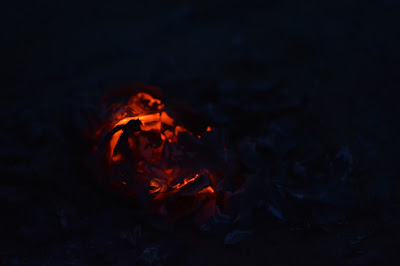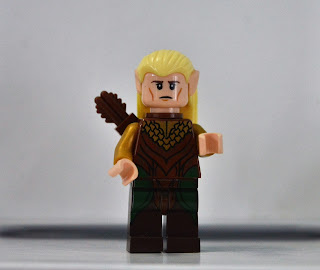Here are some tips to get out of the hole you get stuck in when you have no ideas for creative photography.
- Look at other photographers' work
Get inspired by browsing through other peoples' work. Recreate a photo that you love and make it something new with your own personal touch to it.
- Just go out there and start shooting
Sometimes when we feel unispired, we feel like we need to think of something to photograph before we can go take pictures. However, sometimes the best photos come when you have no plan. Just grab your camera, take a walk, and snap pictures wherever you can. You may be surprised at what you can create.
- Get out of your comfort zone
Try something that you think you'll fail at. If you fail, that's okay; try again and don't give up.
Try shooting at an angle you've never tried before. Get low, get high, squeeze inbetween some rocks and shoot that photo at a totally new angle. See what you can come up with.
Try going somewhere new to photograph. You may be feeling that your photographs are uncreative because you keep photographing the same places over and over again. While it can be good to photograph in the same area more than once, it's also good to go somewhere new.
- Try a kind of photography you have never tried before
Always doing portraits? Try landscapes! Always photographing wide-angle? Try shooting some macro shots!
Collaborating with other photographers is a great way to get inspired. You can help each other create those epic photographs, and you could come up with ideas that you may not have thought about separately.
- Capture emotions that you love
You love to laugh and be happy? Find joy around you and take pictures of it. Try to capture the emotion in a single photograph. It can be harder than you think, but it's worth it to see the emotions painted onto the photo.
Try a project such as a 30 day photography challenge. Search photography challenges and projects online and see what you find. Or make your own!
- Try to find an interesting way to photograph something that you find boring
Find a subject that you find extremely boring and see what you can do to make it more interesting. There's a boring nail sitting on your desk? See what you can do to make it into an epic photograph. Or turn a light switch into something awesome. Anything you find boring could have the potential to be an amazing photo.















































